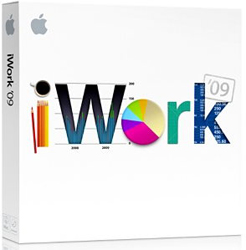 I recently bought Pages ’09 (for only $19.99, btw) for a client via the Mac App Store on my Mac, because you need at least Mac OS X 10.6 to get the Mac App Store on your computer, which he did not have. And my client wanted to buy Pages separately. He did not want to buy the whole iWord suite. He also didn’t feel like leaving the house. ;) So logged onto the Mac App Store, bought it, and downloaded it thinking I could just take the installation file, copy it onto a USB flash drive, and then install it on his computer.
I recently bought Pages ’09 (for only $19.99, btw) for a client via the Mac App Store on my Mac, because you need at least Mac OS X 10.6 to get the Mac App Store on your computer, which he did not have. And my client wanted to buy Pages separately. He did not want to buy the whole iWord suite. He also didn’t feel like leaving the house. ;) So logged onto the Mac App Store, bought it, and downloaded it thinking I could just take the installation file, copy it onto a USB flash drive, and then install it on his computer.
However, that’s not how it went down. I ended up having to keep it, because at the time, it looked like when you buy an app from the Mac App Store, you don’t buy the installation file, you buy the installation of the program on the Mac that you are using to buy the app, because right after it downloaded, it installed without asking me. And nowhere on my Mac was there an installation file for it.
However, I just found out yesterday that if you log into your account on the Mac App Store on another Mac of yours, you can download and install an app that you have already purchased and installed on the Mac that you used to buy it. Very cool of Apple to do that.
Anyway, back to issue at hand. So what happened was I already had Pages ’08 on my Mac. So I figured that when I downloaded and installed Pages ’09, it would simply take the place of the older version. NOT SO. Pages ’08 and Pages ’09 can co-exist on the same Mac, meaning they can both be installed on the same Mac and each be fully functional without any issues. I did not know this. So when I launched Pages from my Dock (the launch pad on the bottom of the screen of every Mac where you launch apps), it would launch Pages ’08.
I didn’t know why, so I called Apple Care (800.APL.CARE) and they told me that when you buy an app that is part of a suite (e.g. the iWork suite is made up of the following apps: Pages, Numbers, and Keynote), it does not put it in the folder for that suite. It simply installs it as a standalone app and lists it with all of the other apps in the Applications folder, NOT in the suite folder.
To give you a visual, here is a screenshot of how the iWork ’08 suite is listed in the Applications folder when it is installed as a suite from a disk:
You see how Pages is INSIDE the iWork ’08 folder?
Now here is a screenshot of how Pages ’09 is listed in the Applications folder on your Mac when you buy it from the Mac App Store and download & install it:
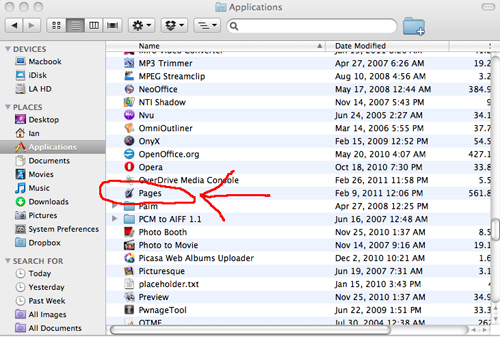
As you can see, this time Pages is listed with all of the other apps. It’s not in the iWork folder. This proves that Pages ’08 and Pages ’09 can co-exist on the same computer, because they are not located in the same folder. So, in order to launch Pages ’09, I either have to go into the Applications folder, which is not necessary, or I can just drag the icon for Pages ’09 from the Applications folder down to my Dock, which is exactly what I did.
And with regard to the icon for Pages ’08 that is already on my Dock, I can either click on it, drag it up, and let it go on the desktop so it will disappear in a puff of smoke, and I will just have one icon for Pages in my dock, or I can just leave both of them in the Dock and remember which one is which, or put them in different locations on my Dock.
So if you ever buy an app separately on the Mac App Store that is part of a Mac suite like iWork or iLife, then remember to go into the Applications folder, click on the icon for the newly installed app, which will be listed with all of the other apps, and drag it down to your Dock.
Enjoy!
Los Angeles Computer Repair | Los Angeles Computer Tech | Computer Repair Services



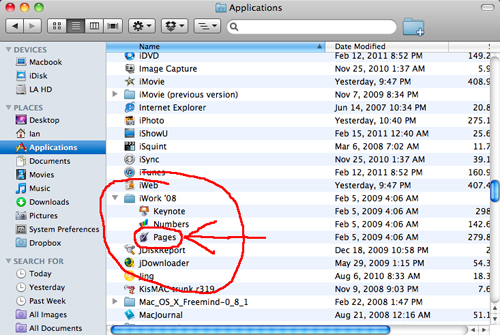

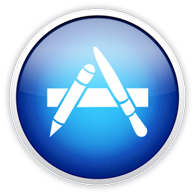
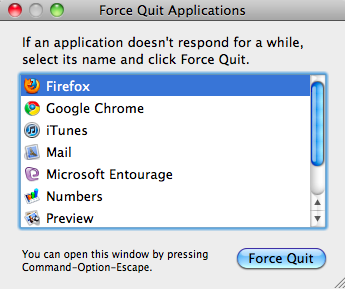
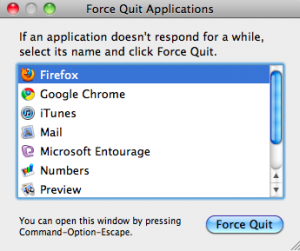 Is an application that you are using on your Mac not responding? Do you get the notorious beach ball spinning around, not allowing you to do anything with that app? Or maybe your Mac is slower than usual and you’re not sure why.
Is an application that you are using on your Mac not responding? Do you get the notorious beach ball spinning around, not allowing you to do anything with that app? Or maybe your Mac is slower than usual and you’re not sure why.






